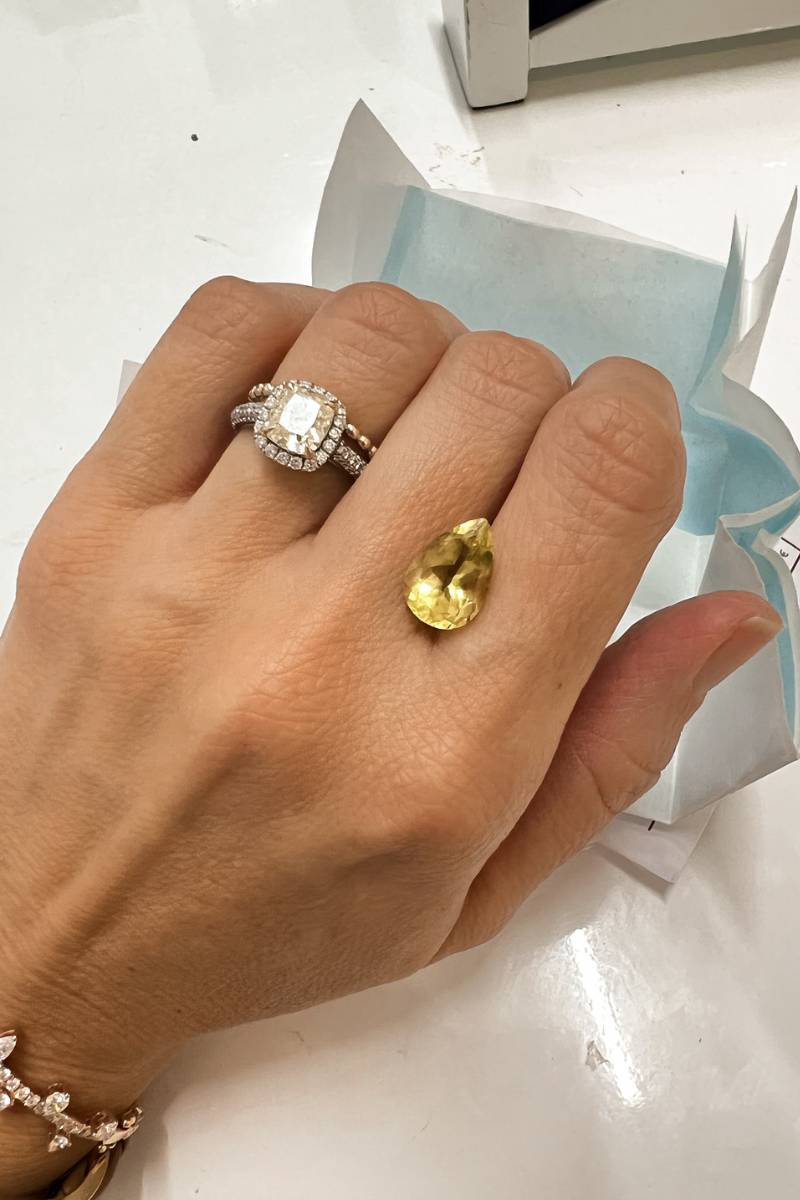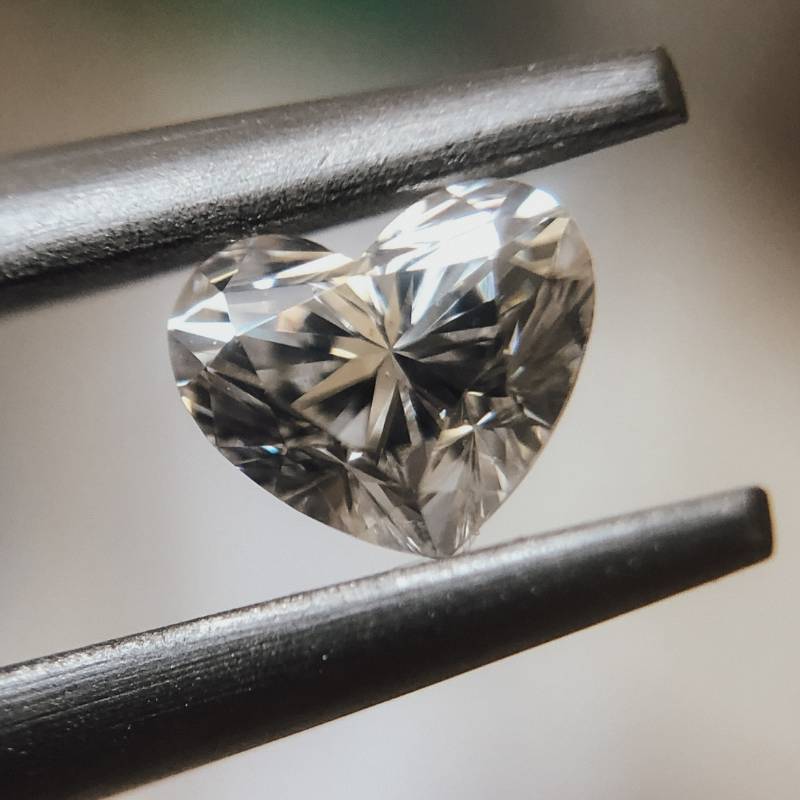Blog
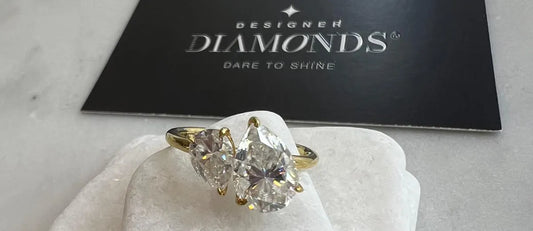
What is a Toi et Moi Ring?
Discover where to find and customize Toi et Moi rings, cherished for their timeless appeal and symbolic design. Whether you seek vintage-inspired or modern styles, reputable jewelers like Designer Diamonds in Munich and Augsburg offer bespoke services to create your dream ring, ensuring quality and authenticity.
What is a Toi et Moi Ring?
Discover where to find and customize Toi et Moi rings, cherished for their timeless appeal and symbolic design. Whether you seek vintage-inspired or modern styles, reputable jewelers like Designer Diamonds in Munich and Augsburg offer bespoke services to create your dream ring, ensuring quality and authenticity.
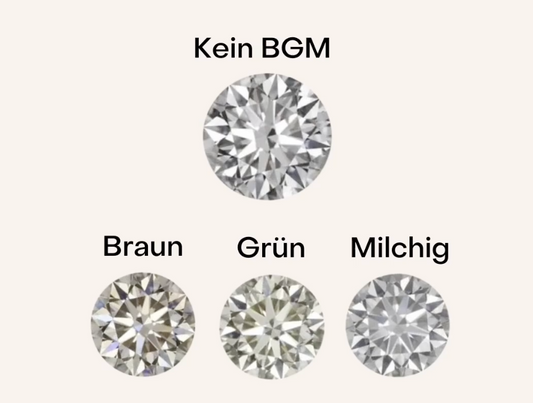
How to avoid the BGM scam in Diamonds - All you need to know!
Understanding the presence of brown, green, or milky (BGM) shades in diamonds is crucial when selecting the perfect stone. These hues can detract from a diamond's brilliance, sparkle, and overall value. Brown shades often give a murky appearance, green shades may indicate radiation exposure, and milky shades result from microscopic inclusions, causing a hazy look. Generally, BGM diamonds are less desirable and valued lower. When purchasing a diamond, ensure it meets your personal preferences and consider the impact of BGM on its aesthetic appeal and worth.
How to avoid the BGM scam in Diamonds - All you need to know!
Understanding the presence of brown, green, or milky (BGM) shades in diamonds is crucial when selecting the perfect stone. These hues can detract from a diamond's brilliance, sparkle, and overall value. Brown shades often give a murky appearance, green shades may indicate radiation exposure, and milky shades result from microscopic inclusions, causing a hazy look. Generally, BGM diamonds are less desirable and valued lower. When purchasing a diamond, ensure it meets your personal preferences and consider the impact of BGM on its aesthetic appeal and worth.

Why does the diamond color scale start with "D" and not with an "A"
When it comes to diamonds, color plays a crucial role in their valuation. The diamond color scale, introduced by the Gemological Institute of America (GIA) in 1953, starts with "D" instead of "A". This decision aimed to avoid confusion with earlier grading systems and set a new standard. Understanding the diamond color scale, which ranges from "D" (colorless) to "Z" (light yellow or brown), helps consumers make informed purchasing decisions. Discover the history, significance, and practical insights on choosing the right diamond color in this comprehensive guide.
Why does the diamond color scale start with "D" and not with an "A"
When it comes to diamonds, color plays a crucial role in their valuation. The diamond color scale, introduced by the Gemological Institute of America (GIA) in 1953, starts with "D" instead of "A". This decision aimed to avoid confusion with earlier grading systems and set a new standard. Understanding the diamond color scale, which ranges from "D" (colorless) to "Z" (light yellow or brown), helps consumers make informed purchasing decisions. Discover the history, significance, and practical insights on choosing the right diamond color in this comprehensive guide.
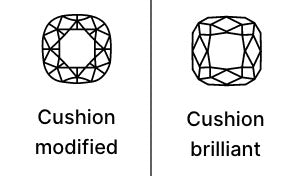
What is the difference between Cushion Brillant and Cushion Modified Brillant cut diamonds?
The cushion cut, with its soft, rounded edges and large facets, is a popular choice known for its vintage charm and romantic appeal. There are two types of cushion cuts: the cushion brilliant and the cushion modified brilliant. While they may seem similar, subtle differences can significantly impact a diamond's appearance and value. Understanding these nuances can help you make an informed decision, whether you are a diamond enthusiast or considering a cushion cut for an engagement ring.
What is the difference between Cushion Brillant and Cushion Modified Brillant cut diamonds?
The cushion cut, with its soft, rounded edges and large facets, is a popular choice known for its vintage charm and romantic appeal. There are two types of cushion cuts: the cushion brilliant and the cushion modified brilliant. While they may seem similar, subtle differences can significantly impact a diamond's appearance and value. Understanding these nuances can help you make an informed decision, whether you are a diamond enthusiast or considering a cushion cut for an engagement ring.
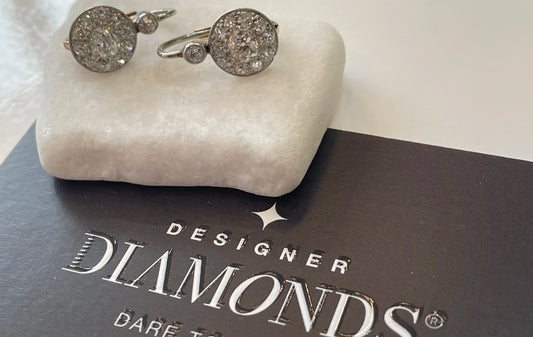
Vintage Jewelry: Discover the Timeless Beauty
Discover the timeless beauty of vintage jewelry. Learn about its history, value, and care tips. Whether you're a collector or a fashion enthusiast, explore exquisite pieces at Designer Diamonds in Munich and Augsburg.
Vintage Jewelry: Discover the Timeless Beauty
Discover the timeless beauty of vintage jewelry. Learn about its history, value, and care tips. Whether you're a collector or a fashion enthusiast, explore exquisite pieces at Designer Diamonds in Munich and Augsburg.

Fluorescence in diamonds: Are fluorescent diamonds always milky?
Learn about diamond fluorescence, a phenomenon that can enhance or diminish a diamond's beauty and value. This guide explains its causes, effects, and whether you should consider it when buying a diamond. Perfect for both curious minds and potential buyers.
Fluorescence in diamonds: Are fluorescent diamonds always milky?
Learn about diamond fluorescence, a phenomenon that can enhance or diminish a diamond's beauty and value. This guide explains its causes, effects, and whether you should consider it when buying a diamond. Perfect for both curious minds and potential buyers.


